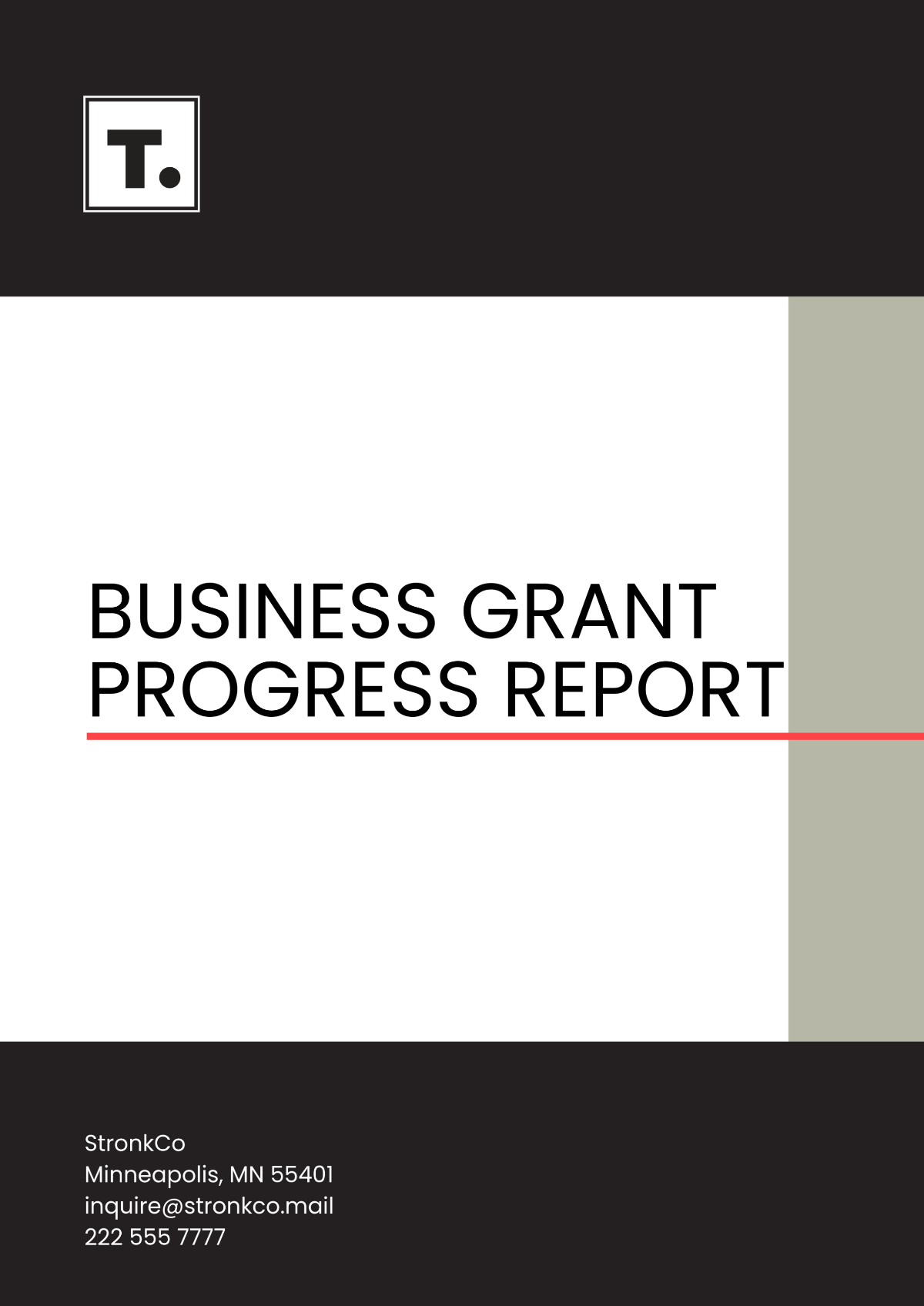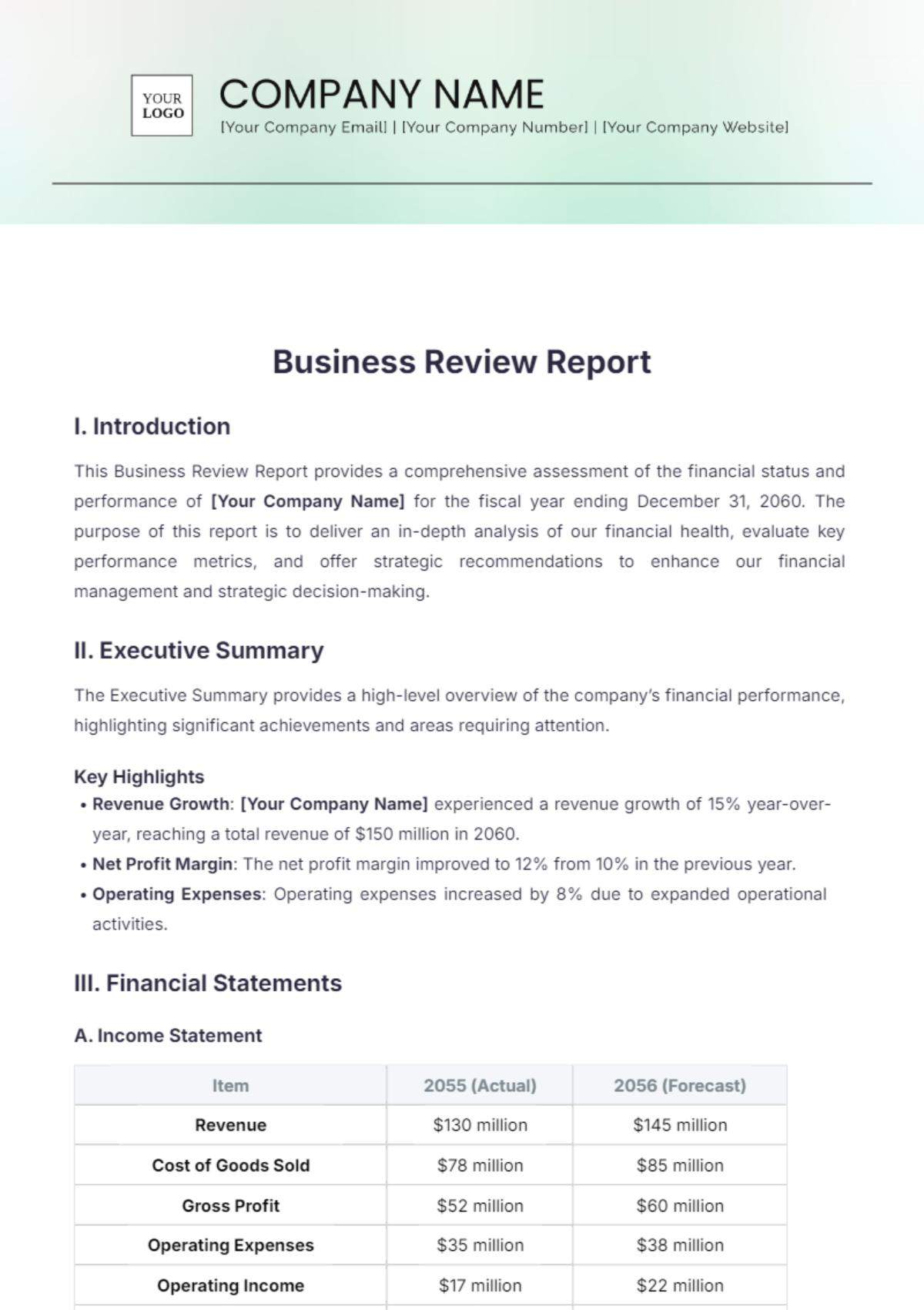Architecture Business Report
I. Executive Summary
The architecture industry is a cornerstone of modern infrastructure, playing a pivotal role in shaping the physical environment that surrounds us. By merging creativity, design principles, engineering techniques, and emerging technologies, architects design spaces that are functional, sustainable, and aesthetically compelling. As urbanization increases and the need for more sustainable construction becomes urgent, the demand for architectural services has grown significantly. This report, prepared by [Your Company Name], offers a detailed exploration of the architecture business landscape, including an analysis of current market trends, regulatory influences, and technological advancements that are reshaping the industry.
In addition, the report delves into the financial performance of architecture firms, highlighting key performance indicators (KPIs) such as revenue growth, profit margins, and client acquisition strategies. A focus is placed on how firms are adapting to changing market conditions, including shifts in consumer demand for sustainable and energy-efficient design, the integration of Building Information Modeling (BIM), and the evolving legal standards that govern construction practices in the U.S. Furthermore, the report provides strategic recommendations aimed at promoting growth and competitive advantage for architectural firms. These insights from [Your Company Name] will be essential for stakeholders seeking to navigate the challenges and capitalize on the opportunities present in this dynamic industry.
1.1 Market Overview
Over the past few years, the architecture market has seen significant growth driven by urbanization, technological advancements, and increasing demand for sustainable building solutions.
1.2 Financial Performance
Architecture firms have experienced varying financial outcomes, with larger firms generally showing more resilience and profitability compared to smaller players in the market.
1.3 Strategic Recommendations
To ensure sustained growth and competitiveness, firms should invest in emerging technologies, foster a culture of innovation, and focus on client-centric approaches.
II. Market Analysis
The architecture industry is experiencing steady growth, driven by increasing demand for innovative, sustainable, and technology-driven design solutions. This section offers an overview of the market’s current size and growth projections, identifying the major players that shape the industry. It also highlights key trends that are transforming the field, such as the rise of green building practices, the widespread integration of Building Information Modeling (BIM), and the adoption of digital transformation strategies. Understanding these factors is critical for firms aiming to maintain competitiveness and thrive in a rapidly evolving market.
2.1 Market Size and Growth
The global architecture market is currently valued at an estimated $292 billion, reflecting the industry's significant role in shaping infrastructure and urban landscapes worldwide. Over the next five years, the market is expected to grow at a compound annual growth rate (CAGR) of 4.2%, driven by rising demand for sustainable designs, urban development, and technological innovations. This growth is further supported by increasing investments in both residential and commercial construction projects, alongside government initiatives promoting eco-friendly building standards. The upward trajectory of the market signals robust opportunities for firms to expand their portfolios and tap into emerging sectors.
2.2 Key Players
Leading firms in the architecture industry include:
Gensler
Perkins and Will
HOK
AHMM
2.3 Trends
Key trends shaping the architecture market include:
Emphasis on sustainable and green building practices
Integration of Building Information Modeling (BIM)
Adoption of digital transformation and smart technologies
III. Financial Performance
The financial performance of architecture firms provides crucial insights into the industry's overall health and profitability. This section explores key financial metrics, including revenue distribution across various services, profit margins, and essential investment strategies. Understanding the breakdown of revenue from design services, project management, and consultation reveals how firms allocate resources and generate income. Additionally, profit margins across different firm sizes and specializations highlight industry profitability trends. Finally, this section emphasizes the importance of investment in research and development, technology integration, and workforce development to maintain a competitive edge in the evolving architecture landscape.
3.1 Revenue Distribution
The revenue distribution among architectural services is as follows:
Service | Revenue Percentage |
|---|---|
Design Services | 55% |
Project Management | 25% |
Consultation | 20% |
3.2 Profit Margins
Profit margins in the architecture industry typically range from 5% to 12%, with considerable variation depending on factors such as firm size, specialization, and geographic location. Smaller firms or those focusing on niche markets may see lower margins due to limited scale, while larger firms with diverse portfolios often achieve higher profitability. Geographic differences also play a role, as construction costs and market demand fluctuate across regions, influencing overall profit margins.
3.3 Investment Analysis
Strategic investment in research and development, technology adoption, and workforce skills enhancement is vital for gaining a competitive edge in the architecture industry. Firms that prioritize these areas can innovate design processes, integrate advanced technologies such as Building Information Modeling (BIM), and improve overall efficiency. Investing in employee training and development also ensures that firms remain adaptable to industry changes and technological advancements, strengthening their market position.
IV. Strategic Recommendations
In a rapidly evolving architecture landscape, firms must adopt strategic measures to stay competitive. This section outlines essential recommendations, focusing on technology integration, sustainable practices, and a client-centric approach. By leveraging these strategies, firms can enhance efficiency, differentiate themselves in the market, and build stronger client relationships.
4.1 Technology Integration
Architectural firms should prioritize integrating advanced technologies such as virtual reality (VR), artificial intelligence (AI), and 3D printing. These tools streamline design processes, improve accuracy, and enable more immersive client presentations. Embracing these innovations not only enhances project outcomes but also positions firms as leaders in cutting-edge design and construction techniques.
4.2 Sustainable Practices
Adopting sustainable practices is crucial for environmental stewardship and achieving a competitive edge. Firms should focus on using eco-friendly materials, implementing energy-efficient design principles, and pursuing certifications such as LEED. These practices not only reduce the environmental impact but also appeal to increasingly eco-conscious clients, enhancing the firm's market reputation.
4.3 Client-Centric Approach
A client-centric approach is key to fostering satisfaction and loyalty. Firms should invest in understanding clients' unique needs and preferences, delivering tailored solutions that exceed expectations. Personalized service, transparent communication, and responsive project management can significantly enhance client relationships and encourage repeat business and referrals.
V. Conclusion
The architecture industry stands at a critical juncture, with opportunities for significant growth and transformation on the horizon. As the sector evolves, firms that embrace innovative technologies such as virtual reality (VR), artificial intelligence (AI), and 3D printing will be well-positioned to lead the way in design and construction advancements. These technologies not only streamline processes but also offer new ways to visualize and execute complex projects, enhancing overall efficiency and project outcomes. Additionally, integrating sustainable practices, such as using eco-friendly materials and implementing energy-efficient design principles, aligns with the growing demand for environmentally responsible construction. Firms that commit to these practices will not only reduce their environmental footprint but also attract clients who prioritize sustainability, thereby gaining a competitive advantage.
Maintaining a client-centric approach is equally crucial for long-term success. By deeply understanding and addressing clients' specific needs and preferences, architectural firms can deliver highly personalized solutions that foster strong, lasting relationships. Transparent communication, tailored services, and proactive project management are essential elements in achieving high client satisfaction and loyalty. As the industry continues to evolve, firms that effectively balance technological innovation, sustainability, and client-focused strategies will thrive, contributing positively to the built environment and driving future success.

















































